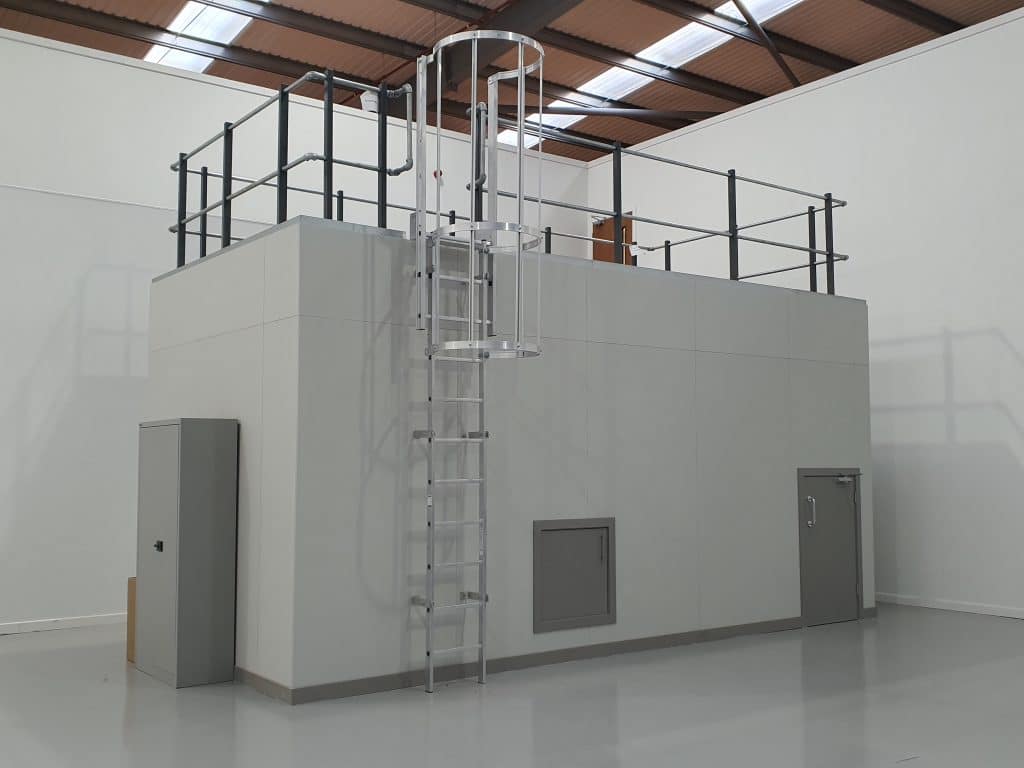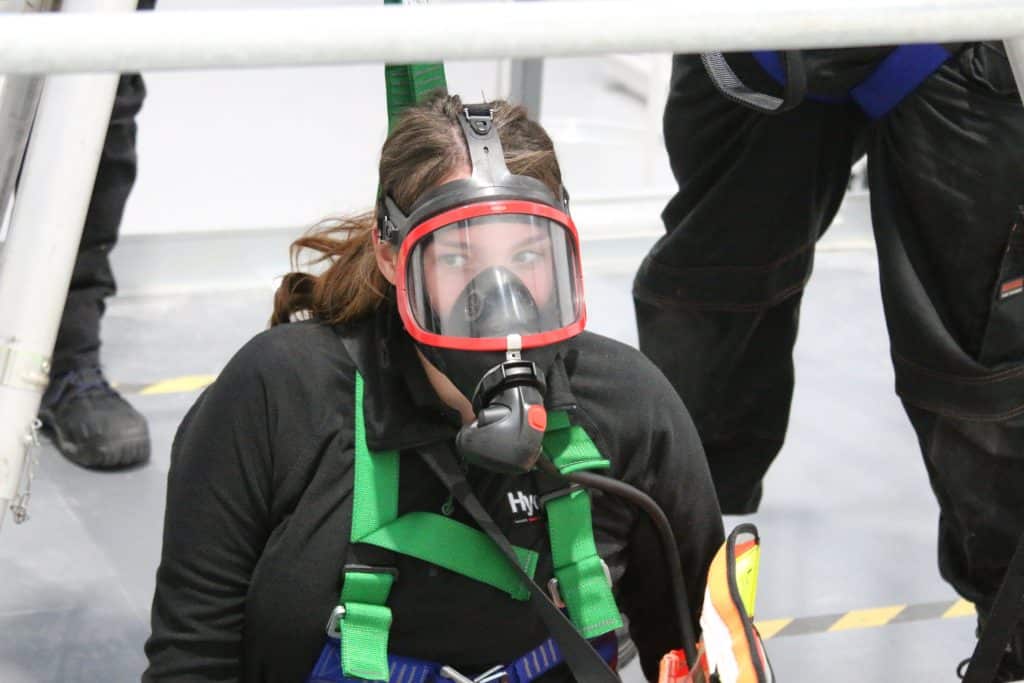Confined Space Training: High Risk
2-Day Classroom Course – £435
Venue: Hydro-X Training HQ
Price includes City & Guilds Certification

Confined Space Training: High Risk
2-Day Classroom Course – £435
Venue: Hydro-X Training HQ
Price includes City & Guilds Certification


High Risk Confined Space Training Overview
Our City and Guilds Accredited High-Risk Confined Space Training guarantees delegates leave with an esteemed level of knowledge and confidence. The additional day provides learners with the skills to work safely in a high-risk environment through hands-on experience. This is gained through practising with actual equipment used within a high risk confined space.
The delegate will learn the Low to Medium Risk Confined Space course content on day 1 to prepare them for day 2, where they will explore high-risk environments. Similarly to the Medium Risk Training, the Confined Space High-Risk Training will contain both classroom and practical experience. This focuses on trainer explanation, group discussions, videos, practical classroom exercises and a team practical within a confined space trailer unit.
Learners will gain practical experience wearing a Self Contained Breathing Apparatus (SCBA). Most importantly, this helps them understand how to plan for a high-risk rescue and ensure safety measures are followed at all times. Overall, delegates will successfully complete the course with an assured level of practical knowledge. As a result, they can handle any high-risk situation and use specialist equipment correctly.
Walk around our specialist training equipment
Choose your learning style for Confined Space High Risk Training
On-Site Training
-
For 5 learners or more
-
Dedicated trainer for the duration of the course
-
We can bring our simulated confined space trailer unit anywhere in the UK
-
Tailor the course to your company’s needs
-
City and Guilds Accredited Certification included
Request a quote >
Open Courses
-
Nationwide venues
-
Specialist facilities, such as a simulated confined space
-
Opportunity to network
-
Spacious training rooms
-
With one of our expert trainers
-
City and Guilds Accredited Certification included
Find out more >
Course Information
Day 1: Low-Medium Risk Content
- Identifying a confined space
- Recognising foreseeable risks
- Understanding the difference between an enclosed space and confined space
- Confined space regulations and applying these to own work scenarios
- Water UK Occasional Guidance notes that many companies follow within the industry
- Identifying the difference between the national classifications 1, 2, 3 & 4
- Confined space roles and responsibilities
- Health & Safety at Work Act 1974
- Completing risk assessments and permits to work
- Health and hygiene
- Selecting equipment for appropriate confined space entry by identifying the level of risk
- Gas monitor requirements for a safe oxygen level
- Wearing and inspecting escape sets
- Checking and inspecting harnesses
- Use of tripod and fall arrest winches
- Team practical as top team and entrant
Day 2: High Risk Content
- Identifying the differences between medium and high risk confined space
- Recognising the foreseeable risks and added dangers when you are conducting work in a confined space
- Products and equipment that could change now the environment is deemed high risk
- Why some products could create an additional hazard due to the change in confined space environment
- Applying the regulations to a confined space that is high risk
- Communication requirements and selecting correct communication equipment
- Understanding both the benefits and additional hazards of ventilation
- Selecting a suitable worker
- C.O.S.H.H.
- Identifying different gases
- Removing contamination safely and how not to take the contamination home
- Rescue team requirement for high risk confined spaces
- Additional top person duties (e.g. control tally board)
- Selecting the correct breathing apparatus depending on the job
- Build and inspect specialist equipment, such as SCBA
- Carry out a high/low pressure check to ensure kit is not subject to risks
- Donning and doffing procedure
- Team practical acting as top team and entrants, wearing SCBA
- Inspecting equipment for damage or contamination after use
- Close the confined space job by ensuring the area is safe before leaving site
- How to inspect, put together and wear self-contained breather apparatus (SCBA)
- How to prepare for a high risk environment
- Know the difficulties of wearing SCBA
- Know how to select the correct equipment for the job
- How to inspect and use specialist equipment
- Up-to-date knowledge and practical knowledge for safe working in confined spaces
At the end of each day, the delegate undertakes a multiple choice assessment consisting of around 20 questions. A 75% pass grade is required. As well as a practical assessment in a simulated confined space trailer unit.
On successful completion, you will receive a City and Guilds Accredited Programme Certificate, which should be refreshed every 3 years.
A digital certificate will be made available for you to download normally within 48hrs of successfully completing this course.
Paper copies of certificates can be supplied subject to a small administration fee.

Benefits of our High Risk Confined Space Training
- This additional day will provide learners with the skills and confidence to work safely in a high risk confined space, by implementing relevant control measures
- Learners will be taught the importance of pre-use inspection checks when breathing apparatus is required
- Gather experience wearing SCBA (breathing apparatus) within a simulated confined space
- This course also includes additional top person duties, by completion of control boards
What do I need to bring to Confined Space High Risk Training?
The below PPE is required to be worn during the confined space practical exercise:
- Safety boots
- Hard hat
- Gloves
- Overalls or work clothes
- Knee pads (optional)
All other course material will be provided by the trainer on the day.



